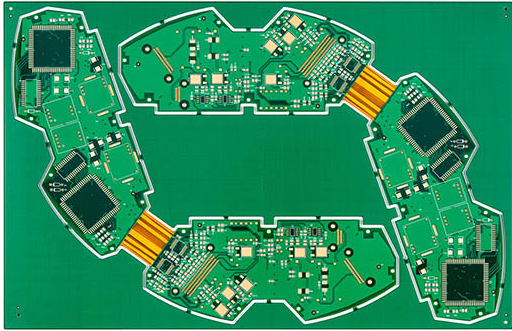For an electronic engineer, circuit design is a basic skill. But even if the circuit schematic is perfect, if you don't understand and prevent common problems and challenges in the process of converting it into a PCB circuit board, the entire system will still be greatly compromised, and it will not work at all in severe cases. In order to avoid engineering design changes, improve efficiency, and reduce costs, today I will explain the most prone to problems one by one.
1. Component selection and layout
The specifications of each component are different, and the characteristics of the components produced by different manufacturers of the same product may be different. Therefore, for the selection of components during design, you must contact the supplier to understand the characteristics of the components, and know the effects of these characteristics. The influence of design.
Nowadays, choosing the right memory is also a very important thing for the design of electronic products. Due to the continuous updating of DRAM and Flash memory, it is a big problem for PCB design to avoid the influence of the changing external memory market on the new design. A big challenge. DDR3 now occupies 85%-90% of the current DRAM market, but it is expected that DDR4 will rise from 12% to 56% in 2014. Therefore, designers must focus on the memory market and maintain close contact with manufacturers.
Components burn out due to overheating
In addition, necessary calculations must be made for some components with large heat dissipation, and their layout needs special consideration. A large number of components can generate more heat when they are together, which will cause the deformation and separation of the solder mask, and even ignite the entire board. . So design and layout engineers must work together to ensure that the components have a proper layout.
The PCB size must be considered first during layout. When the PCB size is too large, the printed lines will be long, the impedance will increase, the anti-noise ability will decrease, and the cost will increase; if the PCB size is too small, the heat dissipation will not be good, and adjacent lines will be easily disturbed. After determining the PCB size, determine the location of the special components. Finally, according to the functional units of the circuit, all the components of the circuit are laid out.
Two cooling system

The design of the heat dissipation system includes the cooling method and the selection of heat dissipation components, as well as the consideration of the cold expansion coefficient. At present, PCB heat dissipation mainly uses heat dissipation through the PCB board itself, plus a heat sink and a heat conduction board.
In the traditional PCB board design, because the boards mostly use copper clad/epoxy glass cloth substrates or phenolic resin glass cloth substrates, and a small amount of paper-based copper clad boards are used, these materials have good electrical and processing properties, but thermal conductivity. Very bad. Since surface mount components such as QFP and BGA are used in large quantities in the current design, the heat generated by the components is transferred to the PCB board in a large amount. Therefore, the best way to solve the heat dissipation is to improve the heat dissipation capacity of the PCB itself that is in direct contact with the heating element. The PCB board conducts or radiates.
When a small number of components in the PCB generate a large amount of heat, a radiator or heat pipe can be added to the heating component, and a radiator with a fan can be used when the temperature cannot be lowered. When the amount of heating devices is large, a large heat dissipation cover can be used, and the heat dissipation cover is integrally buckled on the surface of the element, and it is in contact with each element to dissipate heat. For professional computers used for video and animation production, even water cooling is required for cooling.